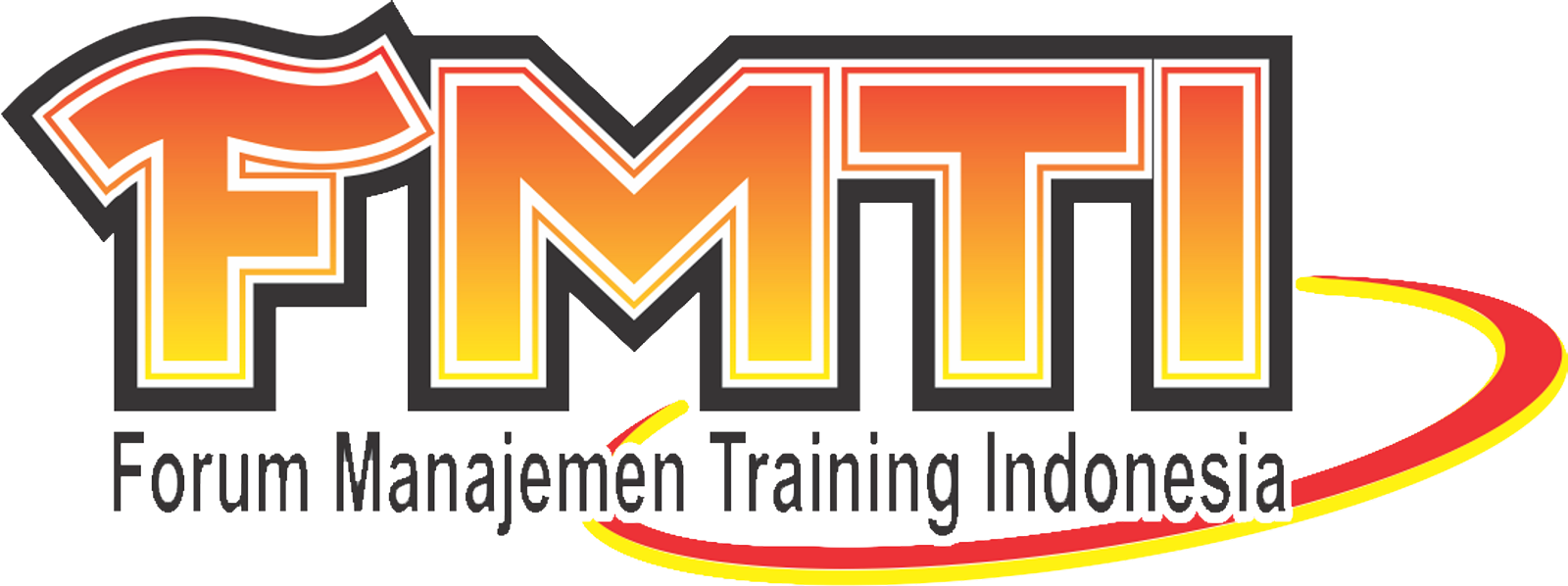Mungkin bagi anda yang tertarik ingin bekerja di perusahaan tambang ataupun migas, disini saya hanya ingin berbagi beberapa diantaranya. dan semoga berguna bagi anda semua.
ENERCON EQUIPMENT COMPANY
is an Energy Solutions company focused on delivering quality, innovative and real solutions which satisfy
the growing demands for reduced energy consumption in commerce and industry in Indonesia
Website : http://enerkon.co.id
mail :yan@enerkon.co.id
info@enercon.co.id
———-
A Pioneer in medical healthcare software development company
wesite : http://bvk.co.id
mail : hrd@bvk.co.id
———-
We are the leading natural gas distribution company by means of compressed natural gas (CNG). Align with our vision to become the most prominent gas distribution company in Indonesia, and our off ants to deliver service to our esteemed customers
website : http://cng.co.id
mail : dian@cng.co.id
———-
PT Aldaberta is an oil & gas consulting company with extensive track record in oil & gas area now seeking for high personnel candidate for Process Engineer (PE) to be located in one of our project in central java area
website : http://aldaberta.com
mail : ardiansah.febriantoko@aldaberta.com
———
ONE OF THE LARGEST INTERNATIONAL COMPANY URGENTLY REQUIRED FOR VARIOUS POSITION FOR IMMEDIATE
website : http://goto.co.id
mail : To: info@goto.co.id
———
PT Asia Select Indonesia.
website : http://asiaselect.co.id
mail : miko_soeganda@asiaselect.co.id
——–
PT Darma Henwa
We, one of the largest integrated mining services companies in Indonesia
website : http://ptdh.co.id
mail : recruitment@ptdh.co.id
——-
desc ; ?????
website : http://totaldata.co.id
mail : info@totaldata.co.id
——-
Baker Hughes Indonesia
https://bakerhughes73.recruitmax.com/
——-
PT Petrosea Tbk has been designing, building and mining in all corners of Indonesia since 1972 and today is recognized as one of Indonesia’s leading engineering, construction and mining contractors.
website : http://petrosea.com.in
mail : lavinia.budiyanto@petrosea.comin
———
PT. Petrotechindo Utama (PTU) is an Independent Engineering company which has vast experience in assisting clients in the area of design, procurement and construction management / supervision. Currently, in association and strategic partnership with WorleyParsons Indonesia – one of the world leaders in independent pipeline engineering and design consultant is appointed as the Engineering & Project Management Consultant for Repair KP 110 – KP 133
website : http://petrotechindoutama.com
mail :hrd@petrotechindoutama.com
———-
Weatherford, a multi-national company who are involved in the drilling and production sectors of oil, gas and geothermal projects worldwide
website : http://www.weatherford.com/
mail : ????
———-
PT PREMIUM CONSULTING
We are USA base company for rotating and machinery services focus in oil & gas and general industries
website : http://premconst.com
mailto:widodo@premconst.com
———-
Petrofac is a USD 4 Billion multinational organisation employing over 10,000 employees worldwide in EPC service both brownfield and Greend field Oil and Gas Facilities around the world.
WEBSITE : HTTP://international-epc.com
MAIL : recruitment@international-epc.com
————————————
———————-
PT Aldaberta Indonesia is an oil&gas consulting company that has been operated in Indonesia for 11 years
WEBSITE : http://aldaberta.com
Via email : ardiansah.febriantoko@aldaberta.com
========================================
We are the leading natural gas distribution company by means of compressed natural gas (CNG). Align with our vision to become the most prominent gas distribution company in Indonesia, and our off ants to deliver service to our esteemed customers
website : http://cng.co.id
mail : hrd@cng. co.id
————————-
is an Energy Solutions company focused on delivering quality, innovative and real solutions which satisfy
the growing demands for reduced energy consumption in commerce and industry in Indonesia
Website : http://enerkon.co.id
mail :yan@enerkon.co.id
info@enercon.co.id
———-
A Pioneer in medical healthcare software development company
wesite : http://bvk.co.id
mail : hrd@bvk.co.id
———-
Indonesian Oil & Gas Services Company.
webiste :
Email: trimitra_recruitment@yahoo.com or
researcher@trimitra.com
